In 1913, shortly before the start of WWI, England’s Boat Racing Association (BRA), a small club of sailing enthusiasts, called for a design to comply with the following requirements: length 12′, beam 4′8″, and a single 100-sq-ft sail with no battens; she should be a capable rowing boat as well as a good sailing craft, suitable as a tender for larger yachts. The winning design was submitted by an amateur designer named George Cockshott (1875–1952). Eight of the first BRA 12-footers, as they were then known, were built by the Shepherd's Boat Yard in Bowness on Lake Windermere in northwest England at a cost of £25 each. Several members of the West Kirby Sailing Club near Liverpool ordered BRA 12s and with typical English humor named them after the Royal Navy battleships of the time: DREADNOUGHT, THUNDERER, BELLEROPHON, and SUPERB. The scene of racing in the 1950s on a lake near the city of Haarlem in the Netherlands is very much the same as it is now.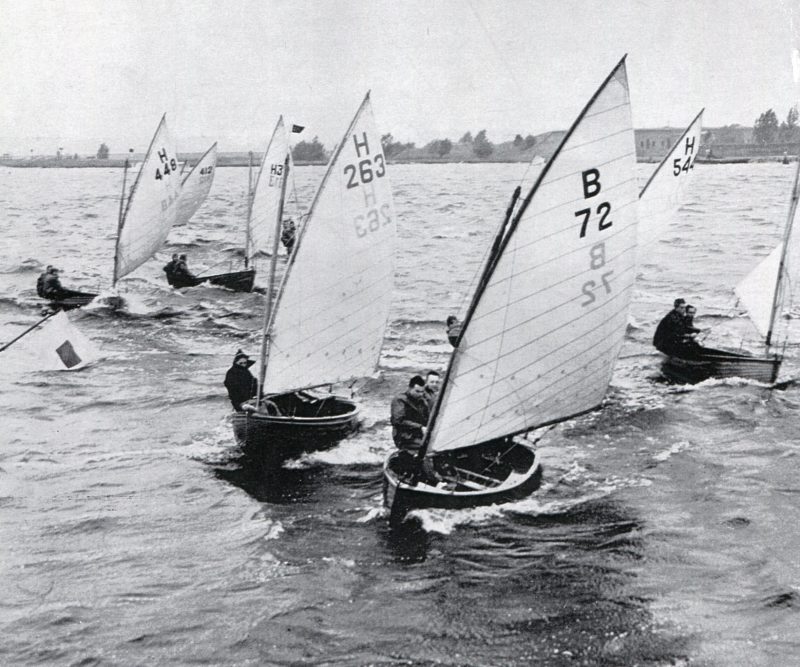 Collection of the Author
Collection of the Author
Join The Conversation
We welcome your comments about this article. To include a photo with your remarks, click Choose File below the Comment box.
Comments (6)
Comments are closed.

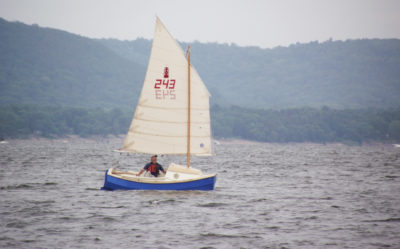
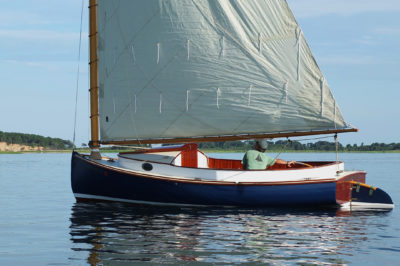
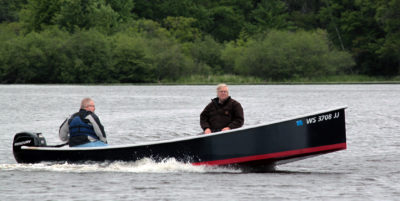
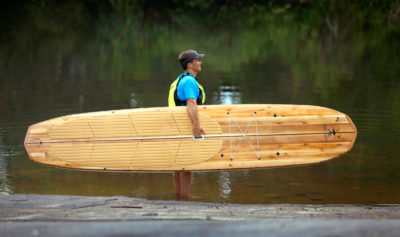
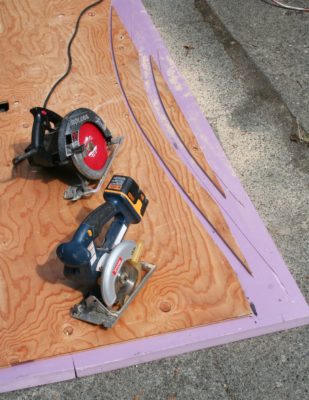
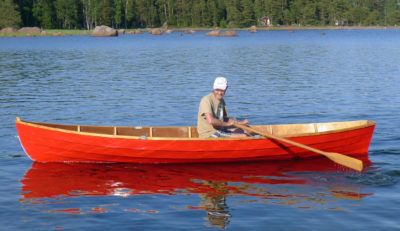


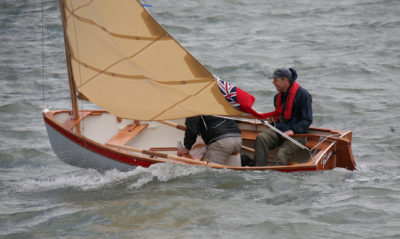
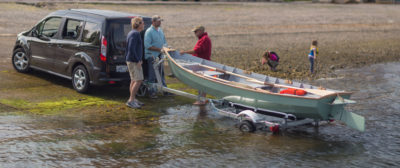
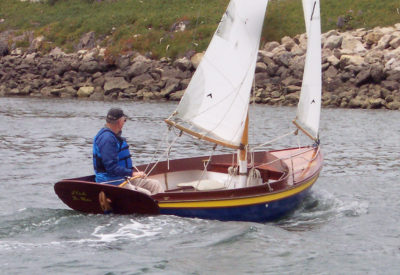
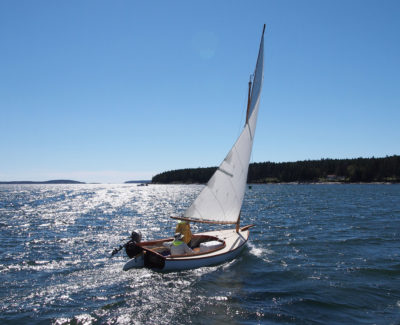
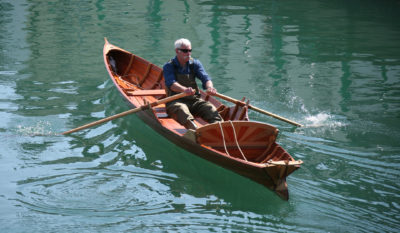
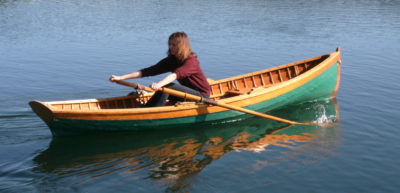
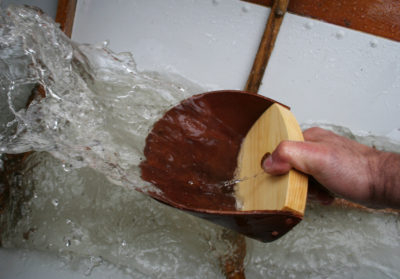
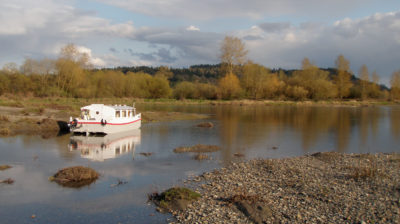
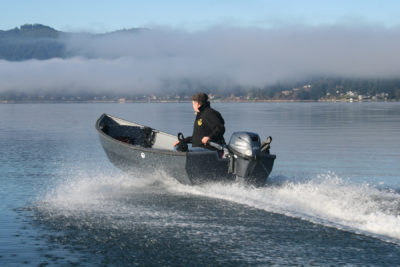
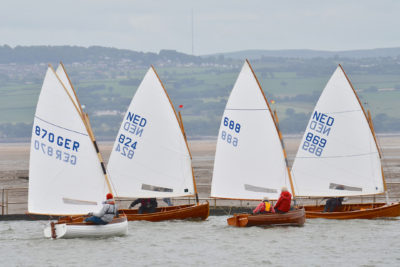


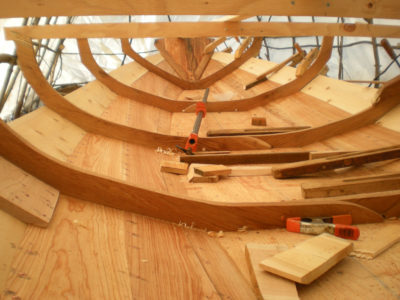
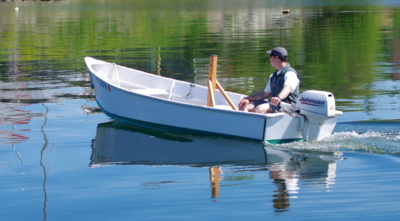
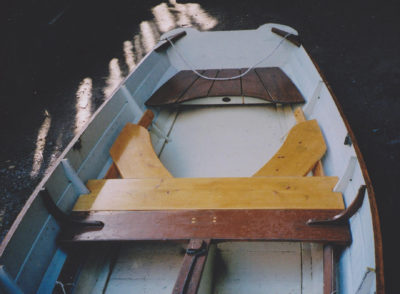
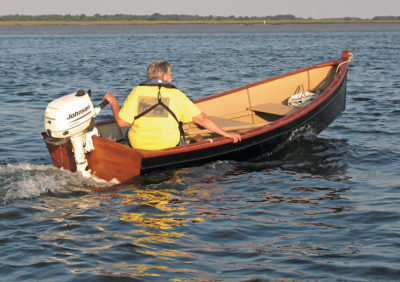


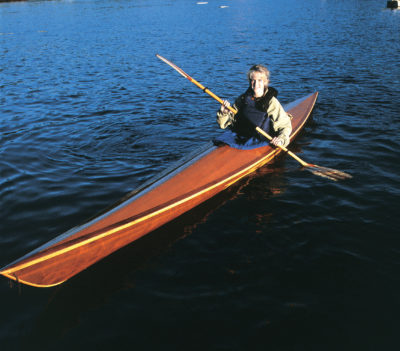
Nice boats, great to see racing dinghies that can be rowed. Though standing, not dipping lug, is it not?
Right you are. The International 12-Foot Dinghy Association’s web site steers us toward a designation of standing lug and in John Leather’s book, Spritsails and Lugsails, the 12-Footer’s rig is referred to as a “high peaked standing lug rig.” I’ve made the correction to the text.
Of the standing lug rig, Leather writes: “The standing lugsail…was a refinement of the dipping lugsail…. It was probably developed out of the dipping lug by bringing the tack of the sail to the mast and dipping the heel of the yard around the mast when tacking, instead of having to lower, shift over or dip, and re-set the sail.”
Christopher Cunningham, Editor, Small Boats Monthly
They are generously canvased. Its interesting that few of these boats have reefing points. Maybe they are racing-only craft? I wonder if its possible to to sail one of these single handed in a breeze? The similarly sized Morbic, by Vivier, and Shearwater by Oughtred, both carry a single standing lugsail of 80 sq ft—plus reefing.
Arthur Ransome’s SWALLOW must have been a lot like this.
Ransome’s SWALLOW, described in his series of fictional children’s books titled Swallows and Amazons, was based on a lapstrake dinghy he owned. The boat is described in “The Boats of Swallows and Amazons“ by Stuart Wier.
Christopher Cunningham, Editor, Small Boats Monthly
I am building an International 12 dinghy right now. I have been describing the build in words and pictures on my blog, which can be found at http://www.shipwrightskills.com. Mine will be suitable for more than racing alone and will include reef points.